A Travel Advisor’s Guide: 15 Ways To Maximize Your Patagonia Adventure
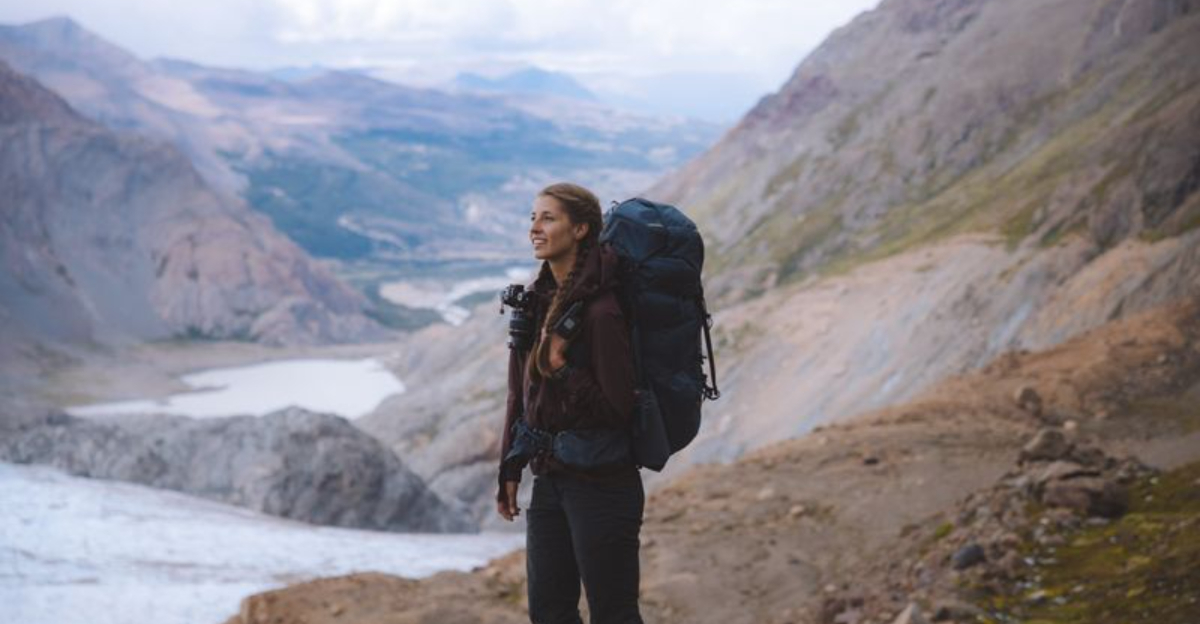
Patagonia isn’t just a destination—it’s an adventure that humbles and awes in equal measure. With jagged peaks piercing the clouds, turquoise lakes that seem unreal, and winds that can knock you off your feet, this vast region straddling Chile and Argentina rewards those who come prepared.
But here’s the thing: getting the most out of Patagonia isn’t just about booking the right hikes—it’s about knowing what not to miss, what to pack, and how to embrace its untamed spirit.
Ready to unlock the secrets that make Patagonia truly unforgettable?
1. Pack for All Seasons
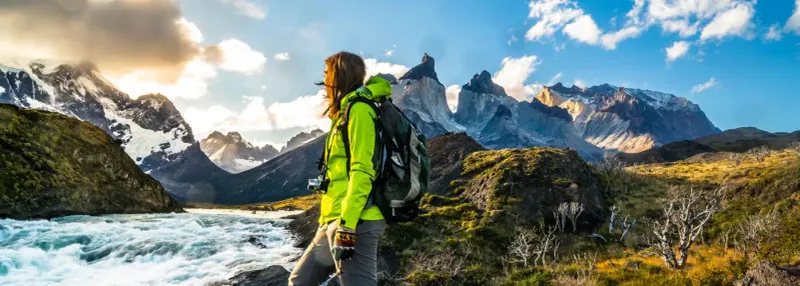
Weather in Patagonia changes faster than you can say ‘condor.’ I’ve witnessed sunshine, rain, and snow all within a single afternoon hike near El Chaltén. Smart travelers bring clothing they can layer and remove quickly.
Thermal underwear, waterproof pants, and moisture-wicking shirts should top your packing list. Don’t forget a compact rain jacket that can fit in your daypack.
My clients who follow this advice enjoy their treks regardless of sudden weather shifts. Those lightweight gloves you’re debating? Bring them – your fingers will thank you during those chilly morning starts.
2. Book Early Transfers
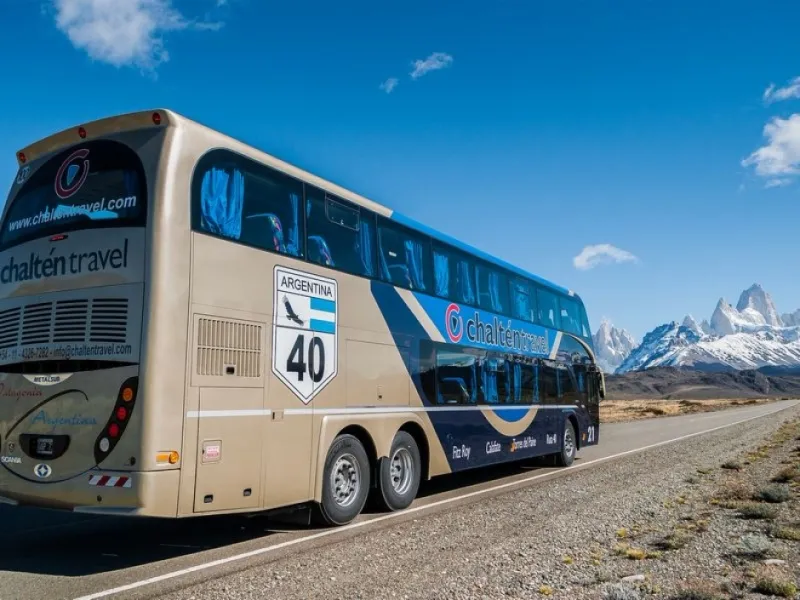
Transportation in Patagonia isn’t like hailing a cab in New York. Bus schedules between towns can be limited, especially during off-peak months. My travelers who secured their transportation weeks ahead avoided the stress of being stranded.
Airport transfers particularly require advance booking. The drive from Punta Arenas airport to Puerto Natales takes nearly three hours, and last-minute options might not exist.
When my family visited last October, we reserved our entire transport route two months ahead. This strategy saved us hundreds of dollars compared to arranging on-the-spot private transfers when public options were full.
3. Hike Torres del Paine
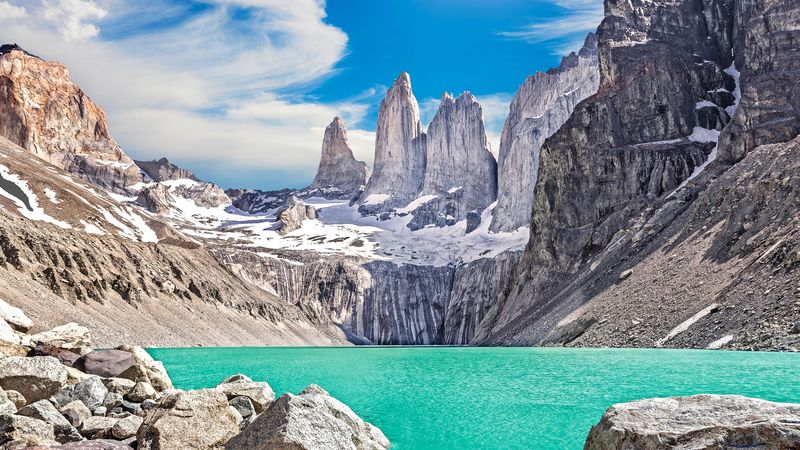
If you asked me the one absolute must-do in Patagonia, hiking to the base of Torres del Paine towers would top my list. The 18km round-trip trek rewards persistent hikers with three granite spires rising dramatically above a turquoise glacial lake.
Start early – by 7am if possible. The trail gets crowded midday, and afternoon clouds often obscure the towers. Pack a lunch to enjoy at the viewpoint.
The final hour involves a challenging boulder scramble, but I’ve guided everyone from teenagers to 70-year-olds to the top. Trekking poles help tremendously on this section, especially for the knee-jarring descent.
4. Layer Like a Pro
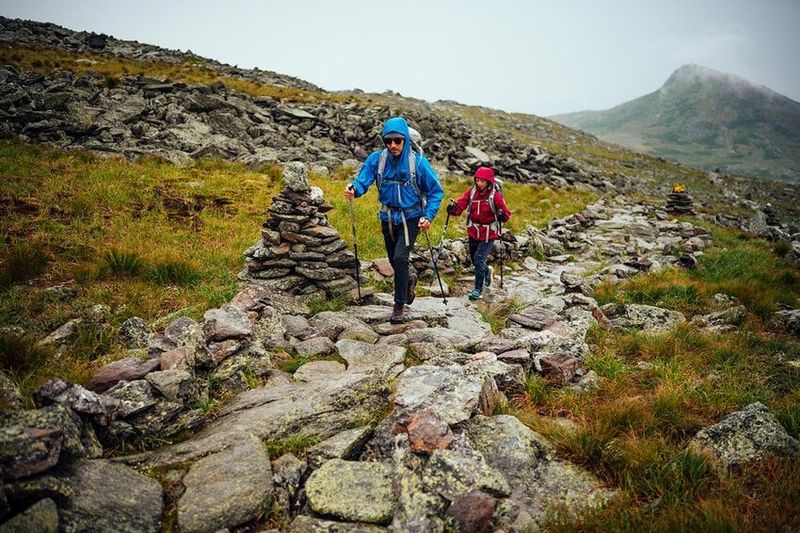
Mastering the art of layering makes or breaks your Patagonian experience. My system starts with a moisture-wicking base layer that keeps sweat away from my skin during strenuous hikes. Next comes an insulating mid-layer – merino wool works wonders here.
The outer shell should block wind and rain while allowing vapor to escape. Many tourists make the mistake of bringing just a waterproof jacket without considering breathability.
Zippers matter more than you think! Ventilation zips under the arms and at the thighs of hiking pants let you regulate temperature without stopping to change. I’ve hiked comfortably in 30°F mornings and 65°F afternoons using this approach.
5. Try Local Lamb
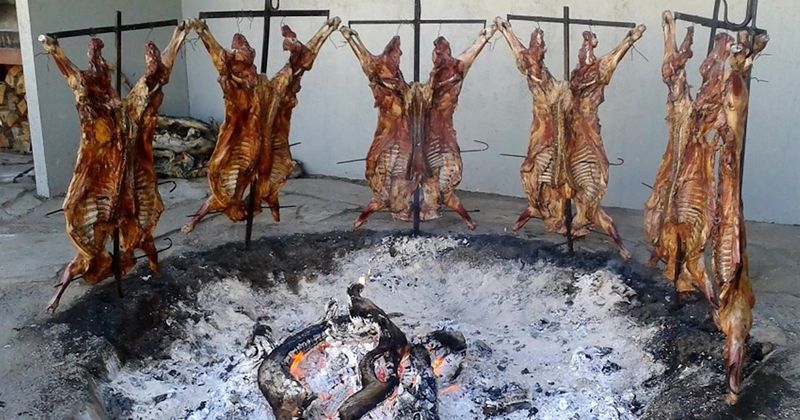
Patagonian lamb might forever change how you think about this meat. Locals slow-roast whole lambs on vertical stakes around open fires – a traditional method called ‘asado al palo.’ The result? Tender, smoky perfection that melts in your mouth.
In Puerto Natales, I recommend El Asador Patagónico, where you can watch the entire cooking process. The sheep here graze on wild herbs and grasses, giving the meat a distinctive flavor you won’t find elsewhere.
Pair your lamb with a robust Malbec from Argentina’s nearby wine regions. Even clients who normally don’t enjoy lamb become converts after this authentic Patagonian dining experience. Just don’t plan a strenuous hike immediately after – you’ll be too happily stuffed!
6. Cross Border Smoothly
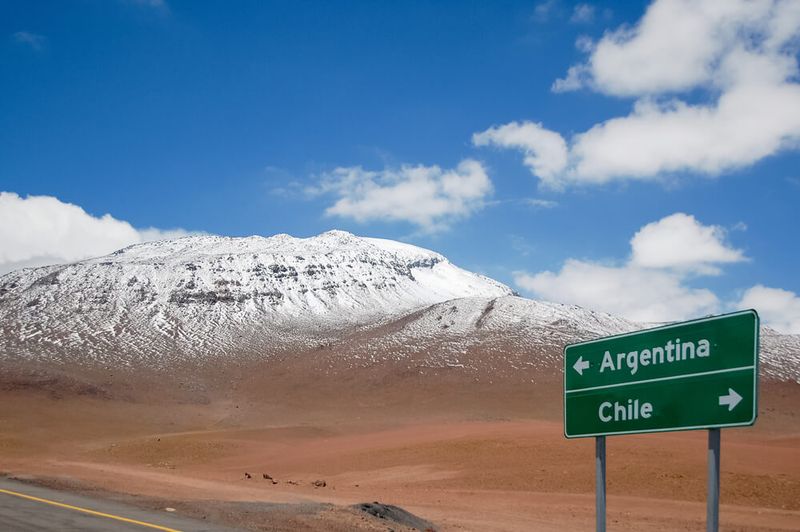
Many travelers don’t realize Patagonia spans both Chile and Argentina, with some of the best experiences requiring border crossings. Before my first multi-country trip, I learned border control here operates differently than at major international airports.
Always carry original documents, not just copies. Some crossings have limited hours – the Chile-Argentina frontier near Los Antiguos closes promptly at 8pm regardless of waiting vehicles. I recommend crossing before 2pm to avoid afternoon rushes.
Food restrictions are strictly enforced. Fruits, vegetables, and animal products get confiscated. I’ve seen travelers forced to discard expensive hiking snacks because they forgot about these agricultural rules. Empty your daypack of food before crossing to avoid delays.
7. Rent a Reliable Vehicle
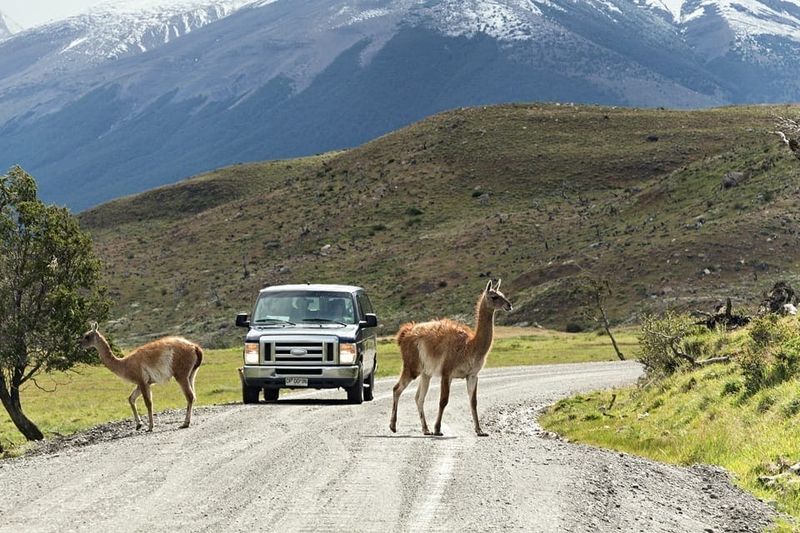
Freedom to explore Patagonia’s hidden gems comes with having your own wheels. The cheapest rental option rarely serves you well here. I’ve driven 4,000+ miles across Patagonian roads and learned that spending extra for a reliable 4WD vehicle pays dividends.
Gravel roads dominate outside major towns. The infamous Ruta 40 in Argentina and parts of Chile’s Carretera Austral demand vehicles with good ground clearance. Always check spare tire condition before departing rental lots.
Gas stations appear infrequently in remote areas. My rule: refill whenever you’re below half tank. I always carry emergency supplies – extra water, snacks, and a basic tool kit. Cell service disappears for hours between towns, so offline maps are non-negotiable.
8. Carry Windproof Gear
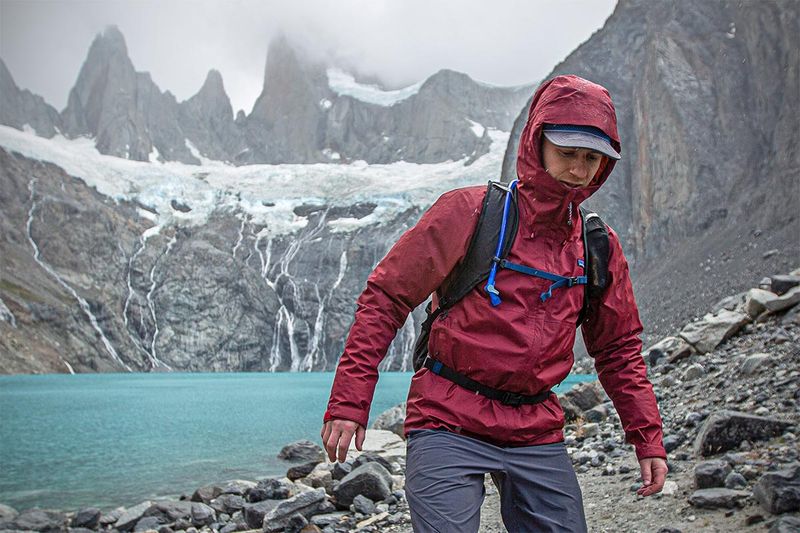
Patagonia didn’t earn its reputation as one of Earth’s windiest places without reason. Gusts regularly exceed 60mph, especially in exposed areas like the Torres del Paine circuit. Regular rain jackets simply won’t cut it here.
Invest in truly windproof outer layers with reinforced hoods that won’t blow off. Your tent needs similar consideration – I’ve witnessed standard camping tents get flattened during night storms. Four-season tents with low profiles and extra guy lines are worth their weight.
Don’t forget wind protection for your face and hands. A buff or neck gaiter can be pulled up as needed, and windproof gloves preserve dexterity for camera operation. My clients who followed this advice enjoyed their treks while others retreated to shelter.
9. Visit Glacier Perito Moreno
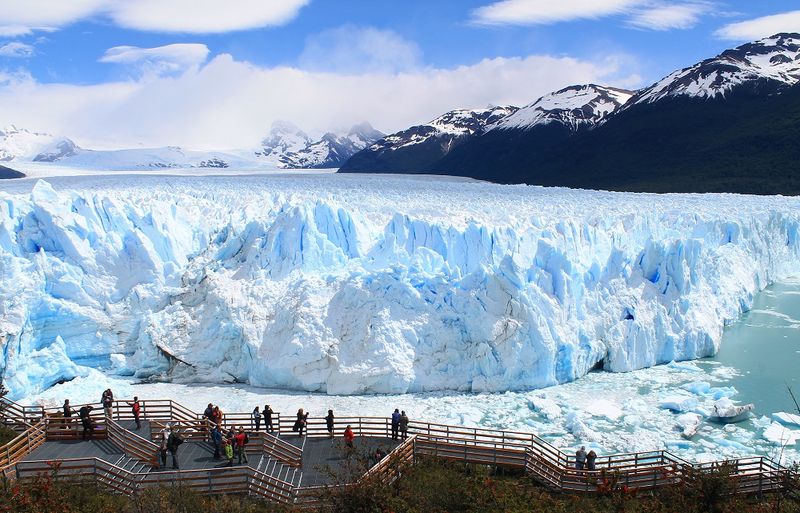
Unlike most retreating glaciers worldwide, Perito Moreno advances constantly, creating a spectacular ice bridge that periodically collapses. Located near El Calafate in Argentine Patagonia, this 97-square-mile glacier deserves at least a full day of your itinerary.
Splurge on the mini-trekking experience if you’re physically able. Walking on the glacier with crampons provides a perspective totally different from viewing platforms. The deep blue ice caves and crevasses up close will leave you speechless.
Arrive at the main viewing area by 9am to avoid tour bus crowds. The morning light creates better photography conditions, and you’ll have space to set up a tripod. Pack binoculars – the thunderous ice calving events are visible from greater distances than you might expect.
10. Wake Up for Sunrise
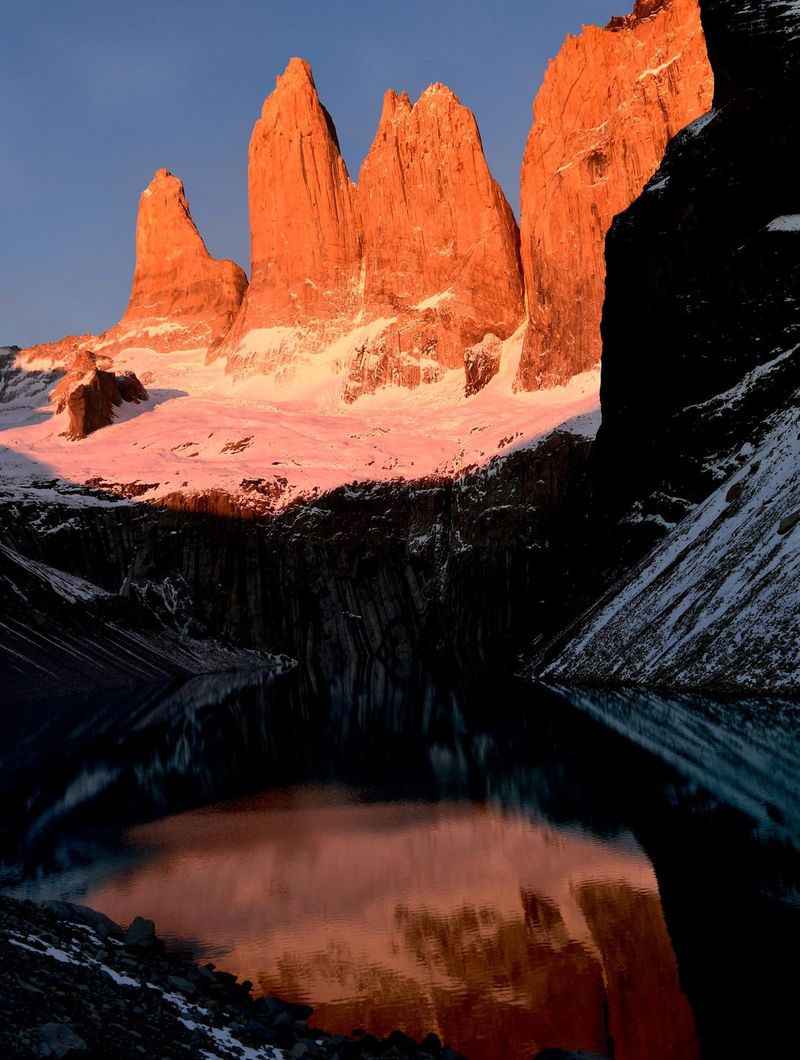
Sunrise transforms Patagonia into a photographer’s dream. The first light hitting Torres del Paine or Mount Fitz Roy creates an otherworldly pink glow locals call ‘alpenglow.’ Yes, it means early wake-up calls – 4:30am during summer months.
My favorite sunrise spot requires minimal hiking: Lago Pehoé viewpoint in Torres del Paine. A 10-minute walk from Hotel Explora rewards you with the Cuernos mountains reflected in turquoise waters. Bring a thermos of hot coffee and breakfast bars.
The pre-dawn darkness requires headlamps, especially in areas with pumas. Worth noting: morning hours typically offer calmer winds than afternoons, making photography easier. I’ve captured my best Patagonia images during these golden morning moments while other travelers slept.
11. Learn Basic Spanish
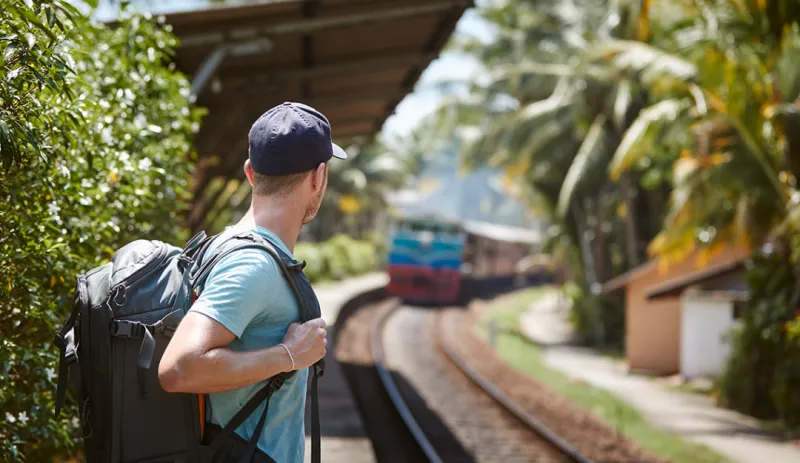
English proficiency drops dramatically once you venture beyond tourist hotspots in Patagonia. Knowing just 50 Spanish words significantly improved my travel experience. Focus on practical phrases related to directions, food allergies, and transportation.
Rural estancias (ranches) offer authentic homestays, but staff rarely speak English. My ability to request an extra blanket during a freezing night made all the difference. A translation app works in towns with cell service, but becomes useless in remote areas.
Numbers deserve special attention when learning. Understanding prices prevents tourist overcharging, and bus schedules often aren’t posted in English. The effort shows respect for local culture, frequently resulting in warmer welcomes and insider tips from residents who appreciate visitors trying their language.
12. Stay in Eco-Lodges
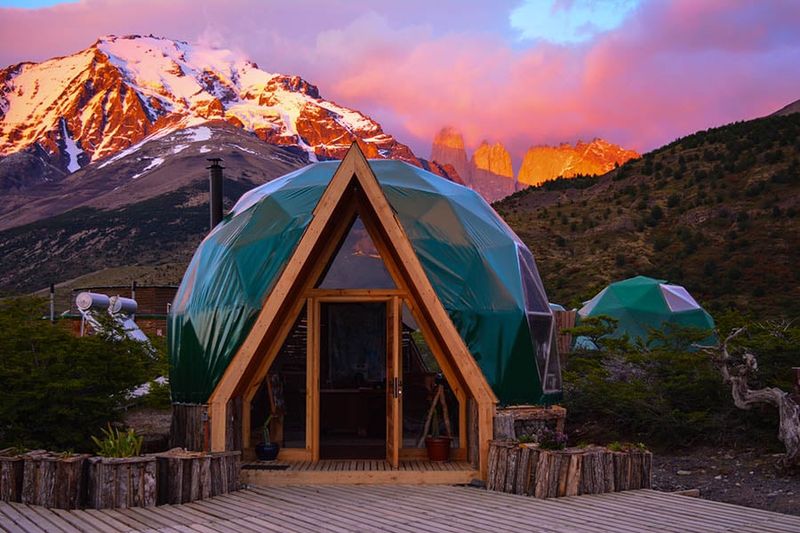
Patagonia’s fragile ecosystem deserves protection, and eco-lodges lead this effort while providing unforgettable accommodations. EcoCamp Patagonia pioneered sustainable tourism here with their geodesic domes that minimize environmental impact while maximizing mountain views.
These properties typically operate with renewable energy, water conservation systems, and locally-sourced food. The architectural designs often incorporate floor-to-ceiling windows framing spectacular landscapes from your bed.
Beyond environmental benefits, eco-lodges employ local guides with generational knowledge of the region. My guests consistently rate these stays as trip highlights. Though prices exceed standard hotels, the value comes from included activities, meals featuring regional ingredients, and the satisfaction of supporting conservation. Book 6-8 months ahead as the best properties fill quickly.
13. Travel Shoulder Season
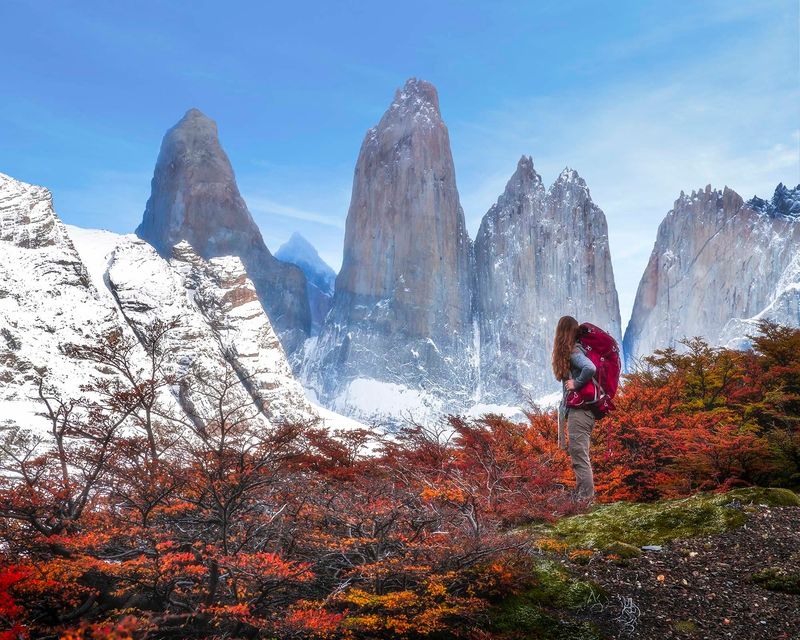
October-November and March-April offer Patagonia’s perfect balance: fewer crowds, moderate weather, and significant cost savings. I’ve guided trips during both peak summer and shoulder seasons, and consistently recommend the latter.
Accommodations can cost 30-40% less during shoulder months. The famous W Trek in Torres del Paine, which requires booking months ahead for January visits, often has last-minute availability in April. Autumn colors paint the landscape with stunning reds and golds in late March.
Wildlife viewing improves with fewer hikers on trails. My April groups regularly spot elusive pumas and huemul deer. Wind intensity typically decreases compared to summer, though temperatures run cooler. Pack an extra warm layer, but enjoy the atmospheric mists that create moody photography conditions impossible during high season.
14. Bring Backup Batteries
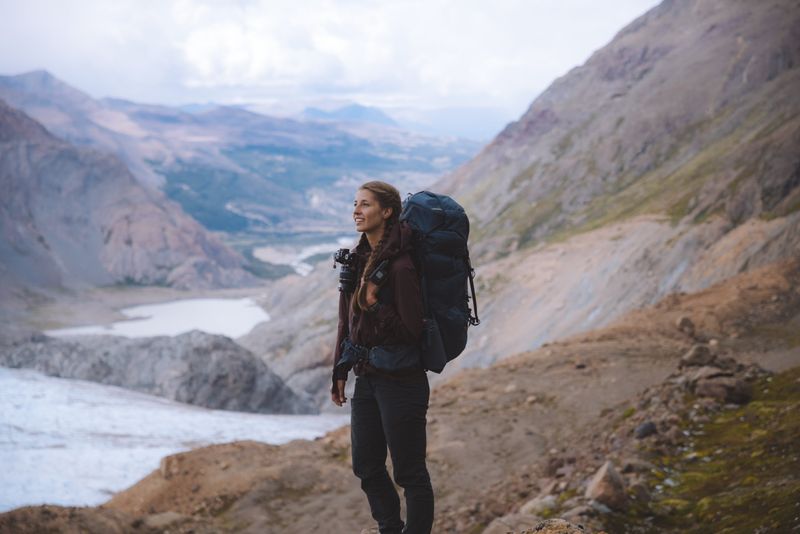
Cold temperatures drain camera and phone batteries at alarming speeds in Patagonia. I learned this lesson the hard way when my camera died just as a condor soared overhead near Fitz Roy. Now I carry triple the battery power I think I’ll need.
Charging opportunities become scarce during multi-day treks. Many mountain refugios (huts) have limited electricity hours or charge high fees for power. External battery packs rated 20,000mAh or higher serve as lifesavers for keeping devices running.
Store batteries close to your body when not in use. Inside pockets of your innermost layer maintains battery warmth and extends life significantly. My system includes rotating batteries – one in use, one warming against my body, and spares in insulated pouches. This approach hasn’t failed me across dozen Patagonian expeditions.
15. Watch for Pumas
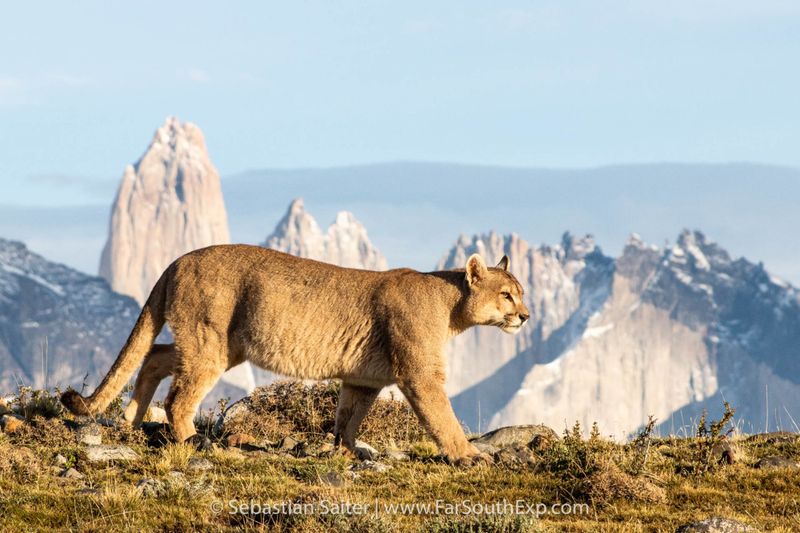
Patagonia offers the world’s best opportunity to spot wild pumas (mountain lions). Torres del Paine National Park hosts a healthy, relatively habituated population, with dawn and dusk providing prime viewing times.
Guanaco herds signal puma presence – their nervous behavior and alarm calls often reveal a predator nearby. The eastern side of Torres del Paine, particularly around Laguna Amarga and Laguna Azul, offers highest sighting probability.
Specialized puma tracking tours employ spotters who radio locations to guides. While expensive ($300-500/day), these excursions dramatically increase your chances. My clients who invested in these tours had 80% success rates. If encountering a puma, maintain 50+ meters distance, speak calmly, and never run. These magnificent cats typically avoid humans but deserve tremendous respect in their territory.
